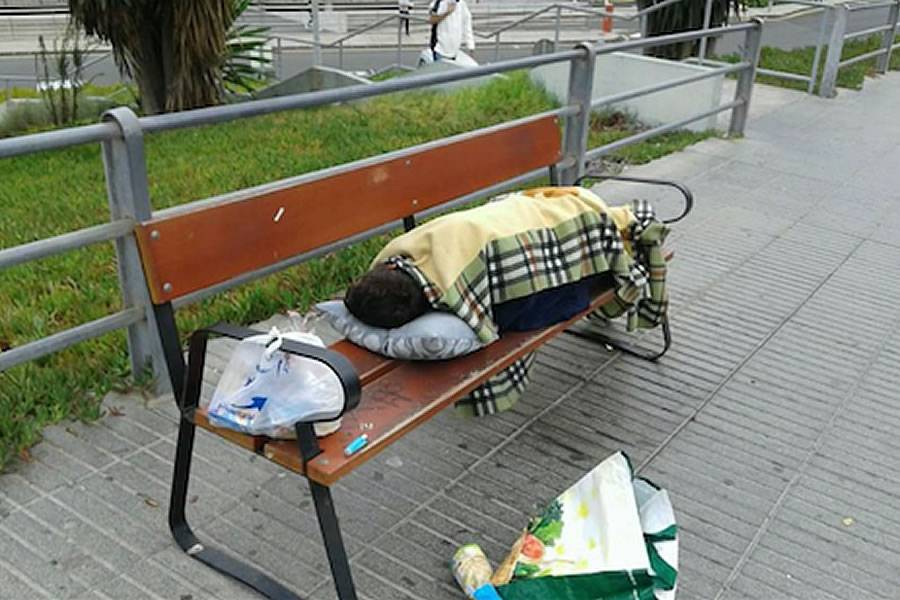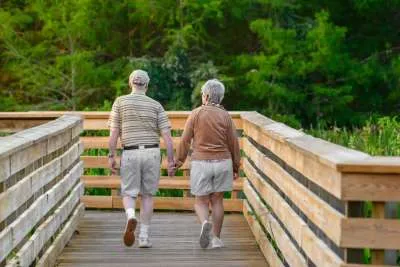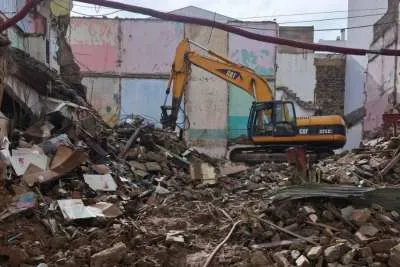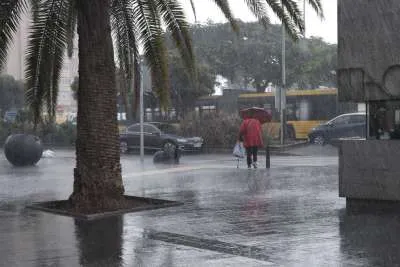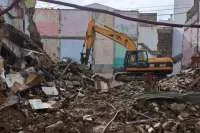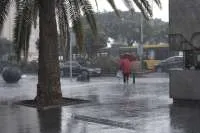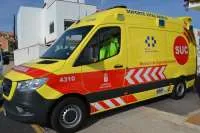Homelessness increases in Tenerife with over 2,300 people living on the streets
- 20-07-2024
- Tenerife
- Canarian Weekly
- Photo Credit: CA
The number of people experiencing “severe residential exclusion” (homelessness) in Tenerife has increased by 2.1%, with 2,309 people affected in 2023 compared to 2,261 in 2022. This troubling statistic was shared by Juan Rognoni, the director of Cáritas Tenerife, a charity that deals with the homeless, during a press conference held at the Cabildo de Tenerife headquarters to present the latest report on homelessness in the region.
Rognoni emphasised that the chronic nature of severe residential exclusion, particularly in the aftermath of the pandemic, is primarily due to difficulties in accessing residential housing.
He stressed that housing is a fundamental human right, increasingly violated both locally and nationally, affecting not only those in extreme exclusion but also people in an otherwise stable situation who are finding it harder and more expensive to secure housing.
Breakdown by Municipality:
Santa Cruz has the highest number of people in severe residential exclusion in Tenerife, with 836 people, accounting for 36.2% of the total. This is followed by Arona (south) with 293 individuals (12.7%), San Cristóbal de La Laguna (north) with 277 (12%), Adeje (south) with 185 (8%), Puerto de la Cruz (north) with 184 (8%), and Granadilla de Abona (south) with 120 (5.2%).
Types of Homelessness:
The report categorises the homeless population as follows:
- Living in Public Spaces: 1,151 people (49.9%)
- Using Night Shelters and Public Spaces: 355 people (15.4%)
- Insecure Housing Arrangements (e.g., squatting): 170 people (7.4%)
Demographics and Health Concerns:
The majority of those affected are men (71.3%), with women only making up 27.6%, a slight increase from previous years. Nearly 40% of the homeless have been in this situation for 13 to 36 months. The typical profile is middle-aged men of Canarian origin, with 39.4% being foreigners, of whom only 11% are in irregular situations (immigrants).
Health issues are prevalent among the homeless, with 35.1% having chronic conditions, mostly related to mental health, and 28.3% suffering from addiction problems. José Antonio Díez, coordinator of the Street Care Units (UMAC), emphasised the need to fight stigmatisation, noting that 71% of the homeless population are not addicts.
Access to Healthcare:
Díez acknowledged improvements in healthcare access for the homeless, particularly in mental health services provided by the Canary Health Service (SCS). He urged municipalities to integrate SCS technicians for better follow-up.
However, he highlighted the need for a more comprehensive approach to various mental health conditions, noting that the current system primarily focuses on schizophrenia and bipolar disorder, neglecting other conditions like borderline personality disorder that require more personalised care.
Strategic Response and Delays:
Yolanda Baumgartner, the insular director of Social Action for the Cabildo, admitted delays in finalising the island's strategy for addressing homelessness, originally expected in the first quarter of the year. The strategy is now anticipated to be presented in September, following input from various stakeholders, including town councils and homeless individuals.
Baumgartner emphasised that the report is a valuable tool for understanding and addressing the root causes of homelessness. The goal is to implement effective programs and policies to mitigate severe residential exclusion in Tenerife.


